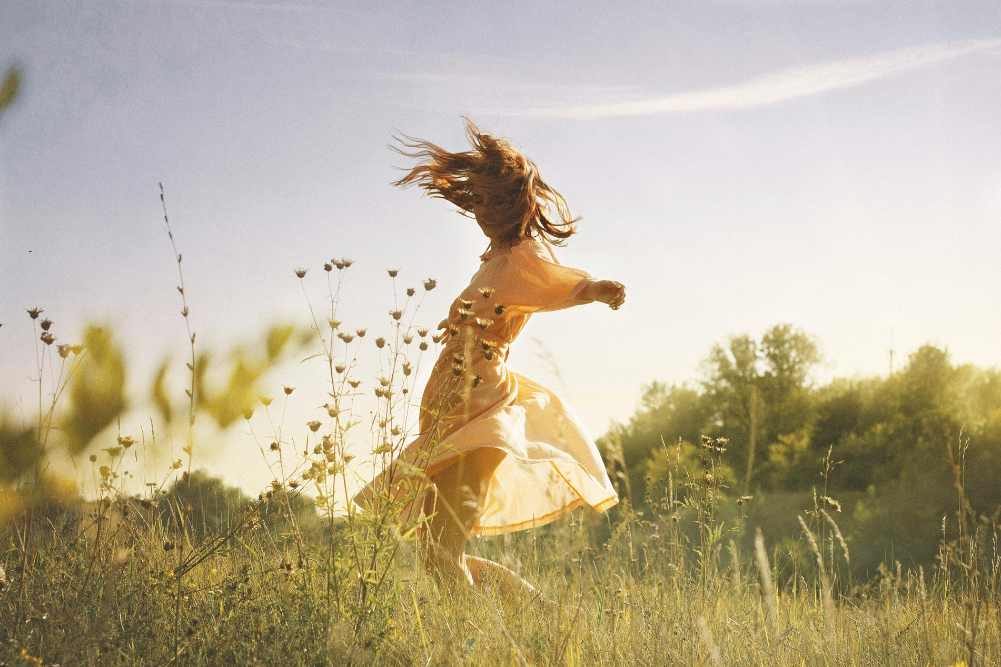When a good fat goes bad
Omega-3 fatty acids are firmly entrenched as health promoting agents that most people consuming a Western style diet will need. Although algae and such like are emerging as sources for these omega-3s including DHA and EPA, the dominant sources in the market remain fish oil and, to an emerging degree, krill oil. Although the benefits of omega-3s are undoubted, the issue not always spoken about is the quality of the omega-3 supplements available in the marketplace. A new report has highlighted the vast diversity in quality and freshness of omega-3 products available.
,
The latest report questioning the quality and freshness of some omega-3 supplements has been published in the Cardiovascular Journal of Africa. The article is based on a survey of 46 omega-3 products on the South African market. Given the global nature of markets in this field the research has implications for markets everywhere. The survey found that half of the products tested contained less than 89 per cent of the amount of EPA and DHA claimed on the label. The authors suggested that the reasons for this could include oxidation of the fatty acids, inappropriate handling of fish at harvest, and ineffective quality assurance.
The problem is that when you eat fish you can immediately tell if it is off, or not, by the smell. What you are smelling in a fish that has gone rancid is ammonia and trimethylamine (TMA). These are volatile amines and TMA is the result of the degradation of choline and also trimethylamine oxide (TMAO), which is a natural and nontoxic substance found in marine products. If a consumer is taking an encapsulated omega-3 product however, they do not have access to the product’s odour. So testing by the sponsor and manufacturer is critical to make sure the product retains “freshnessâ€. In the case of krill oil products this would mean testing for TMAO since TMAO is the precursor for TMA and will eventually convert into TMA. When TMAO is present in high levels, you can expect consequent elevation in TMA levels.
As far as fish oil sourced omega-3 products testing should centre around peroxides and p-anisidine. Anisidine value (AV) is a measurement of past oxidation. It is a measure of aldehyde production during oxidation of fats. AV essentially reflects how an oil has been handled and stored versus peroxide value (PV), which measures current oxidation.
The authors of the South African report emphasise that the natural nature of the source of omega-3 fats means that there will be variability in the origin material. We have seen that handling of that material is complex and so from one batch there can be variation in freshness and fatty acid levels for a variety of reasons. Quality control and measuring freshness is vital at every stage of the manufacturing process for these products.
The reason this is important is twofold. Firstly, the degradation products that indicate a product is going off can also be harmful. The European Union has set levels of TMA that it considers safe, beyond these limits it can be harmful. Anisidine can similarly have negative effects at high levels. The other factor of course is that once an oil loses freshness then levels of the active ingredients DHA and EPA cannot be guaranteed. This brings us full circle to the South African research and the large number of products that had more than ten per cent less than declared on the label of the active omega-3 acids. The tests for product freshness are available and of course it also possible to test for omega-3 levels. For such delicate substances there is no avoiding the fact that at every step of the manufacturing process, to test is best. Ask the manufacturer of your omega-3 supplement if they are doing the necessary testing to make sure that you get the omega-3s that you are expecting.







